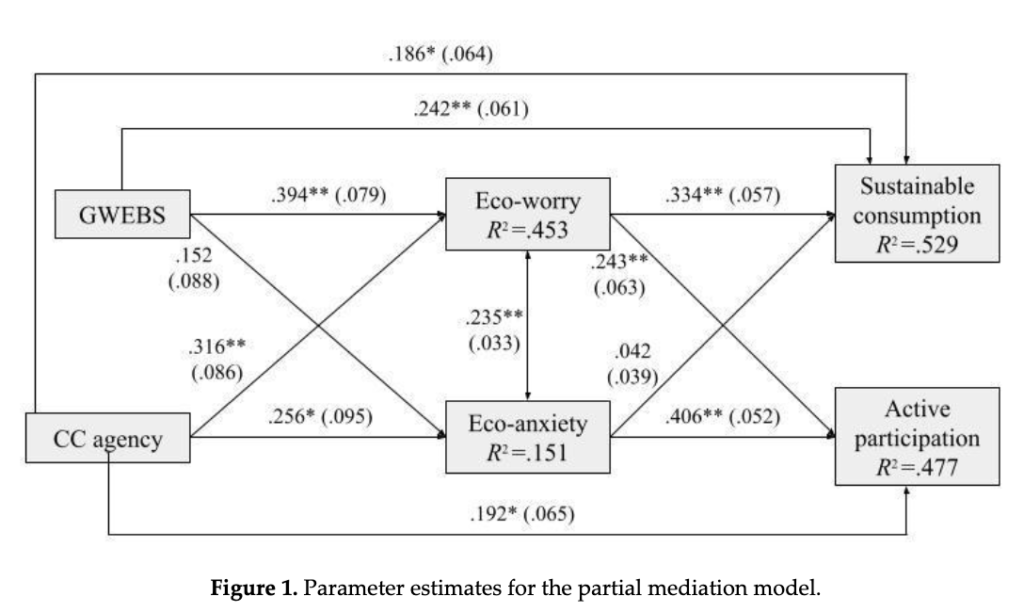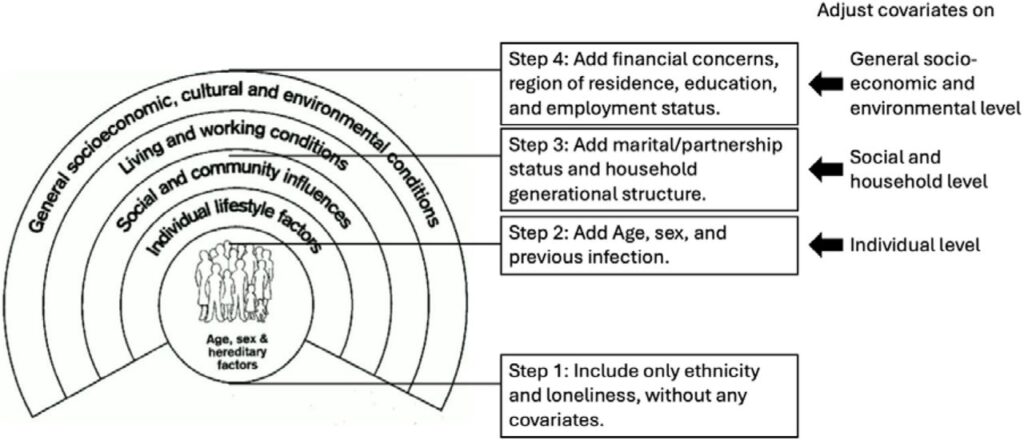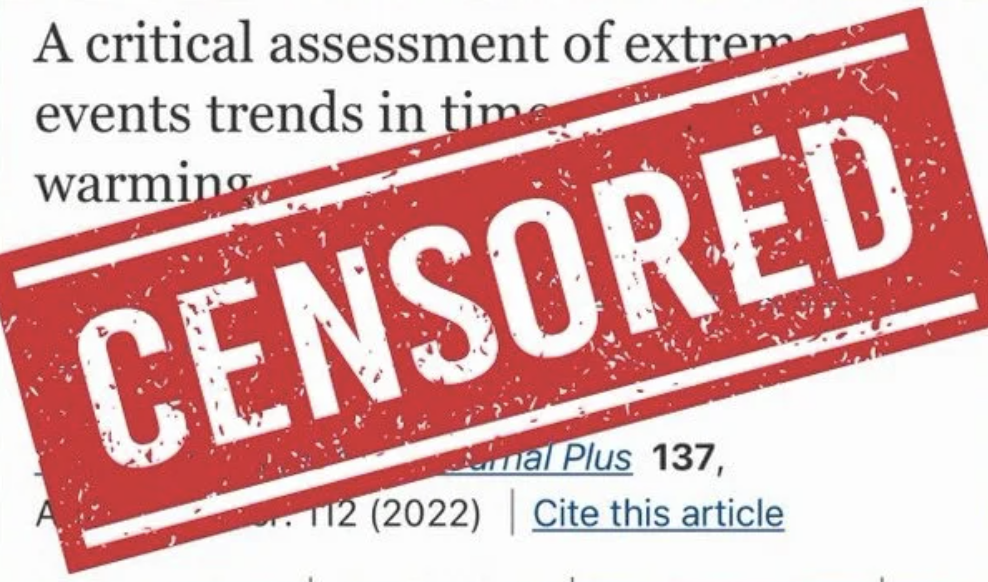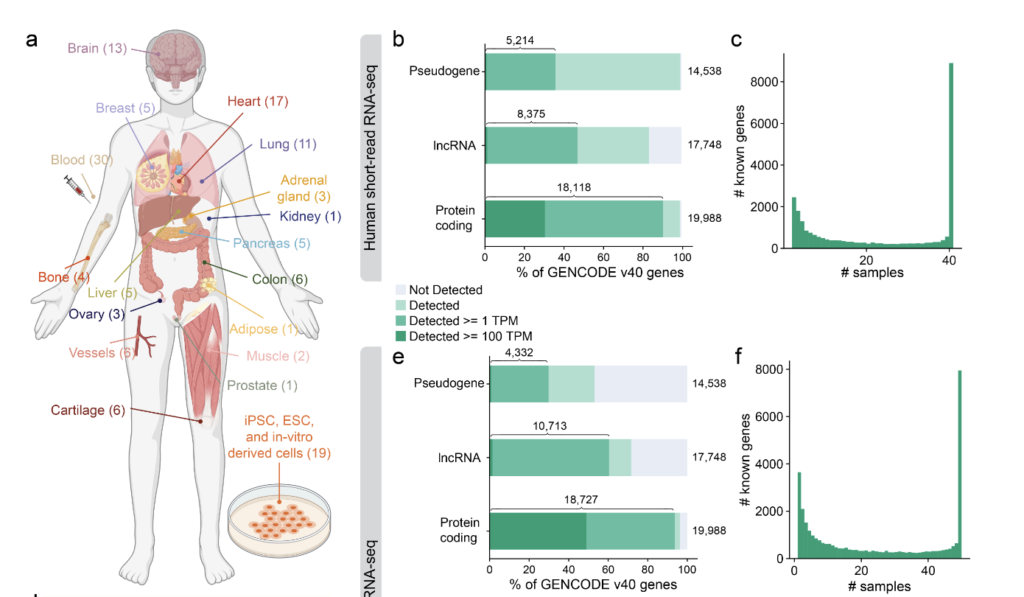What Drives Pro-EnvironmentalBehavior? Investigating the Role of Eco-Worry and Eco-Anxiety in Young Adults

Laura López-García et al.
Posted by Matt Milward
Score:
Importance – 4
Strength of Evidence – 4
Clarity – 4
López-García et al. (2025) build upon environmental social science research exploring connections between environmental emotions and pro-environmental behavior in young adults. Building on a strong theoretical framework, the authors measure environmental behavior through two key emotional drivers—eco-worry and eco-anxiety— and two cognitive predictors: willingness to engage in pro-environmental behavior, and climate change agency, a concept similar to environmental self-efficacy. The authors delineate pro-environmental behavior as sustainable consumption or active participation. Drawing from a sample of 308 Spanish young adults aged 18 to 30, the study uses path analysis to examine how eco-worry and eco-anxiety mediate the relationship between emotional drivers and environmental behavior. Results indicate that willingness to act predicts sustainable consumption but does not predict independent active participation. Furthermore, the climate change agency predicts both sustainable consumption and active participation, both of which are strengthened when mediated by eco-worry, or eco-anxiety in the case of active participation. The claims of the article are well supported by the evidence presented. There are minor revisions that could improve the quality of the paper, primarily in addressing limitations. While addressed in the limitations, sample selection is the most obvious limitation, especially in considering the low proportion of environmental activists, overrepresentation of undergraduate students, and the relatively broad definition of “young people.” Ostensibly, the issues faced by Spaniards between ages 18 and 30 will vary significantly; furthermore, the issues and worries of students will only further divide concerns by the population. Better defining “young person” could provide more meaningful insights that better represent the “climate generation;” however, “climate generation” also seemingly lacks clarity in the age range it represents, further calling into question the decision to not select a more concrete and universally-understood age range, such as undergraduate students. Another limitation that is not accounted for is the significance of social desirability bias in responses, which is further limited by the cross-sectional nature of the study. In a study exploring the extent to which young people participate in pro-environmental behavior, having follow-up or confirmation of activity in the aforementioned behavior is necessary in confirming mediating factors. Another area of improvement is further explanation of the operational differences between eco-worry and eco-anxiety. At times, the operational boundaries between the constructs seem ambiguous and complicate the results. Finally, the conclusion could expand on research implications and actionable next steps in order to instill pro-environmental behavior in young people. Overall, the article is well-written and, with revisions, is nearing publishable quality. The research’s main claims are justified by the presented data, and the current limitations do not likely change the major claims of the study. If limitations are addressed, and methodological and theoretical foundations and decisions are expanded upon, the article will be in a very strong state.
Preprint Links





